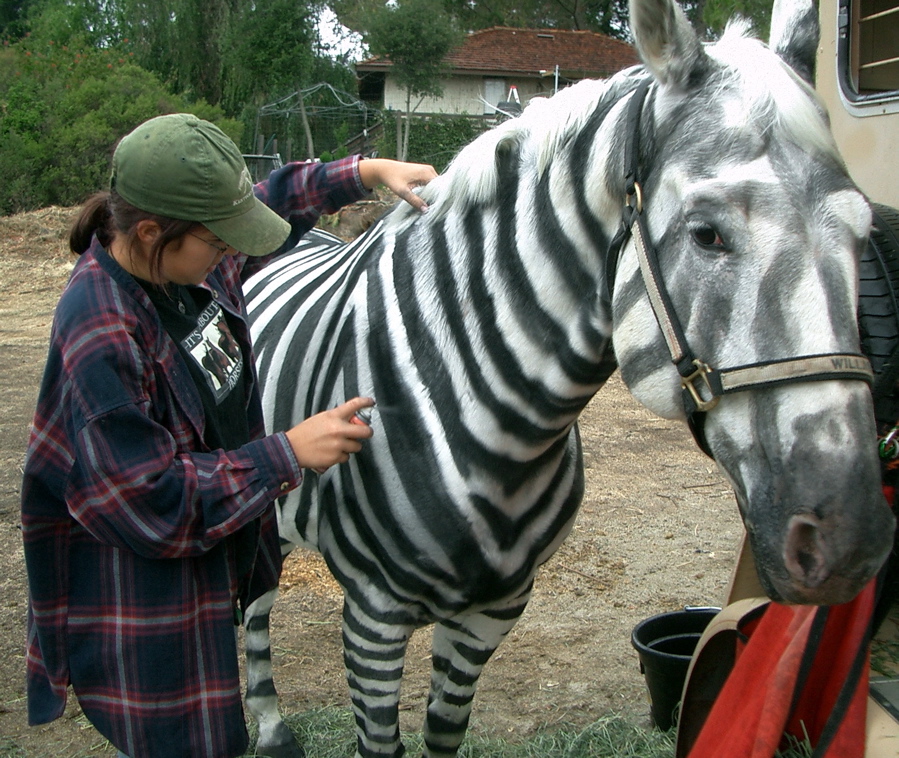
There is an often quoted medical witticism, that originated in 1940’s Maryland:
‘When you hear hoofbeats behind you, don’t expect to see a zebra’
Suffice to say, there aren’t many zebras in Maryland…
In the rough and tumble of acute medical admissions, there are an increasing number of horses in the herd to contend with, and often they come in fairly sizeable herds – multimorbidity is now the norm, and single organ pathology increasingly rare. Among the horses though, there are occasional zebras.
A paper in the PMJ published online recently explores the features of one of these zebras. The paper looks at the current state of knowledge about non-convulsive status epilepticus (NCSE).
Non-convulsive status epilepticus is one of those pathologies that sets the mind to thinking – the very name seems a little contradictory. However, it is a very real pathology and can be incredibly disabling. As the authors point out, this is a disease that is tricky for many reasons – not least that there is no accepted definition of what constitutes NCSE, and to make a confident diagnosis, one probably requires access to EEG monitoring and a specialist neurological opinion. So not easy then, for the layman to identify and manage. The incidence of NCSE though, means that those dealing with acutely unwell patients on the medical take ought to be aware of NCSE as a differential diagnosis, and when it would be appropriate to take a second look at the source of all those hoofbeats.
Risk factors for NCSE in the elderly include being female, having a history of epilepsy, neurological injury ( eg stroke), recent withdrawal of long-term benzodiazepines, and having some characteristic clinical signs. The suggested investigation at this point is then a thorough drug history, review of metabolic derangement, and then to progress to an EEG if one is available in a timely fashion. The interpretation of the EEG is somewhat beset by pitfalls, but remains the most objective way to reach a conclusion in a tricky situation.
All this is very well, but the ‘half empty’ reader may feel that the paper suggests that this problem, that could affect up to 43 patients per 100,000 is bound to go unrecognised, and therefore untreated as it is poorly defined, and difficult to diagnose. To assume that because a condition is a challenge to diagnose and manage, the generalist can simply file under ‘too difficult’ would be a shame, and a failing.
The authors use a fantastic phrase that I hope will resonate with jobbing clinicians – ultimately clinical judgement rather than exact criteria is key.
Clinical judgement is one of those qualities one is asked to assess in trainees – a quality that has been lauded and viewed with suspicion over the years, but remains central to clinical practice. To me, clinical judgement is the synthesis of knowledge about both the patient being considered, their symptoms, signs, and preferences, along with knowledge of up-to-date evidence of therapeutic strategies to formulate a management plan that provides the best outcome – as defined by the needs of the patient.
In the world of multi-morbidity, clinical judgement and one’s ability to interpret available evidence in the context of the patient in front of you is the key clinical skill that can be lost by slavish adherence to criteria, scoring systems, and guidelines. As the practice of medicine develops, the nuances of how to apply clinical judgement will change, but ultimately this quality continues to be a defining feature of the medical profession. To maintain a high standard of clinical judgement, one must continue learning – especially about zebras – it would be a shame not to recognise one when it gallops up behind you.